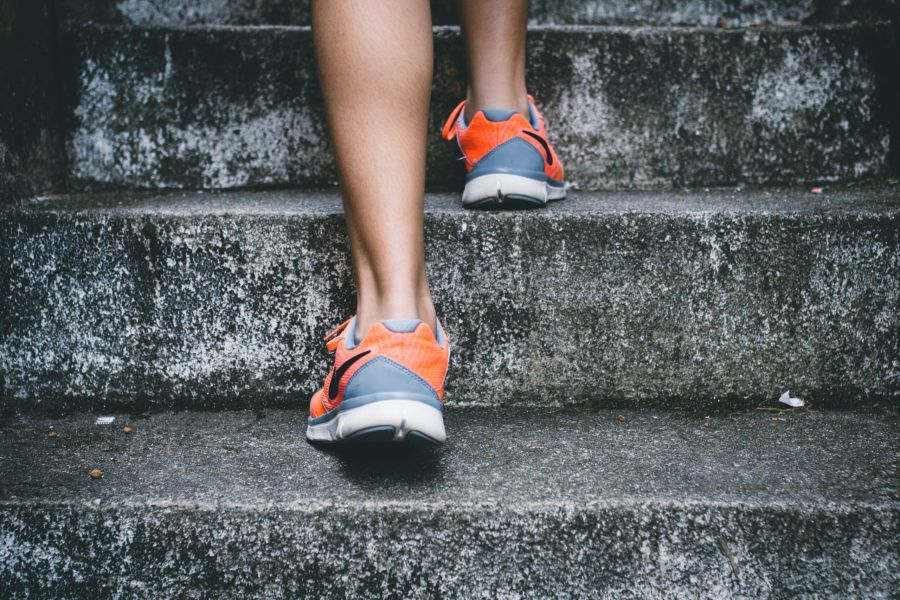A one-year-update: Ayano on the timing of exercise

PhD candidate Ayano Shiba has started one year ago in WP1.2. An update of her work at the Netherlands Institute for Neuroscience (NIN).
Know your clock!
by Ayano Shiba
Have you ever thought about staying fit with a minimum of effort? If yes, we assure you that you will benefit from the results of our research.
When you exercise, not only the intensity and duration are important, but also the timing is crucial. Our internal body clocks produce rhythms of approximately 24-hours, so called circadian rhythms. Circadian rhythms are essential for many biological processes, such as the sleep-wake cycle, hormone release, cardiovascular health, glucose homeostasis and so on. In mammals the circadian timing system consists of the central master clock, located in the suprachiasmatic nuclei (SCN), in a brain area called the hypothalamus and peripheral clocks in various tissues throughout the body. The circadian rhythm of the SCN is synchronized with the earth 24h rhythm via the daily light/dark (L/D) cycle, the peripheral clocks are mainly synchronized by behavioural cues. When the environmental L/D and behavioural cues are not aligned, the different clocks become desynchronized. Circadian desynchronization due to for instance shift-work, is known to increase the risk of obesity and type 2 diabetes mellitus. Our goal is to find the optimal time to exercise to fix this desynchrony and maximize its benefits.
We used Wistar rats to investigate first whether voluntary time-restricted running (TRR) during the natural sleep period (SP), as a proxy for people performing shift work, would be able to shift the muscle clock. Rats could either run ad libitum (ALR) for 24h/day, only during their natural active period (dark runners: DR) or only during their usual inactive period (light runners: LR). LR animals did run during their SP, but the distance was significantly less than in the DR and ALR animals. All animals with access to a running wheel displayed a significant decrease in adiposity, however, this decrease was least in the LR animals. When comparing LR and DR runners that ran a similar cumulative distance, adiposity was still higher in LR animals, i.e. both amount and timing of exercise matter.
To evaluate the impact of TRR on glucose metabolism, glucose tolerance tests were performed. No significant differences were observed at either ZT4 or ZT11. Insulin data are currently being analyzed. qPCR of clock genes in skeletal muscle and liver is ongoing.
In conclusion, our results firmly support the idea that not only total amount, but also timing of exercise is important for an optimal effect on adiposity. Whether this involves a shift in the muscle clocks and also holds for glucose tolerance is under investigation.
Our next step will be to limit the exercise window of the DR animals further to identify whether morning or evening exercise gives the maximum benefit for glucose metabolism and body composition. In future experiments we will combine TRR with time restricted feeding, to identify the optimal timing for both food intake and exercise to prevent and treat circadian related metabolic disorders.

The BioClock Consortium is funded by the NWA-ORC programme of the Dutch Research Council (NWO; project number 1292.19.077).